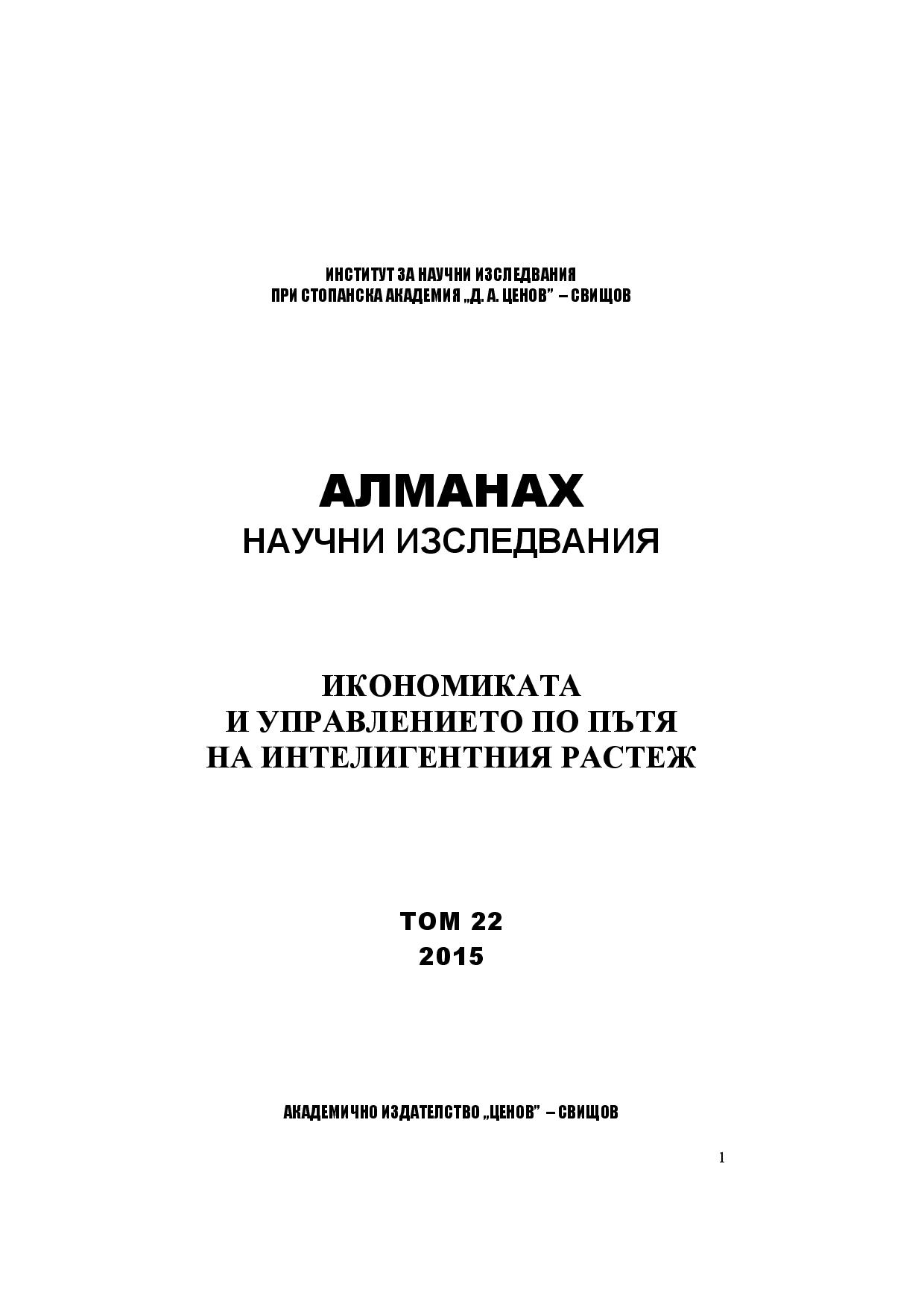АНАЛИЗ НА РАЗЛИЧИЯТА В ИКОНОМИЧЕСКОТО РАЗВИТИЕ НА ДЪРЖАВИ ОТ ЕС ПРЕДИ И СЛЕД ДЪЛГОВАТА КРИЗА
ANALYSIS OF DIFFERENCES IN THE ECONOMIC DEVELOPMENT OF THE COUNTRIES OF THE EUROPEAN UNION – BEFORE AND AFTER THE DEBT CRISIS
Author(s): Valentin Milinov, Petko Angelov, Maria MladenovaSubject(s): Economy
Published by: Стопанска академия »Д. А. Ценов«
Keywords: consolidated government debt;GDP;debt crisis
Summary/Abstract: The object of this study is the degree of economic development of EU countries, and its subject is the two major economic indicators selected for comparison – size and growth rate of GDP and the consolidated government debt to GDP ratio. The purpose of the study is to reveal the disparities in the development of the EU countries concerned in the period before and after the crisis. The Tasks set in examining the GDP aim to answer the following questions: ‘What is the size of the GDP expected to be in the current 2014?’, ‘Which of the European countries concerned will have the best performance, relative to GDP in terms of the global economic crisis?’ The main thesis is: Failure to comply with the Maastricht decisions that affect the value of the government debt in the European countries concerned does not allow for making effective management decisions and this increases the disparities in their economic development. Main conclusions: Lowering the debt burden in developed countries, where the threshold values of debt and deficit are seriously exceeded, can be achieved by balancing the government budget, improving the methods for risk assessment, expanding the investor base, increasing the liquidity in the market for government obligations and achieving a sustainable GDP growth. Striving to comply with the Maastricht Treaty will help to reduce disparities in the economic development of the European Union countries after the debt crisis.
Journal: Алманах Научни изследвания
- Issue Year: 22/2015
- Issue No: 22
- Page Range: 443-466
- Page Count: 24
- Language: Bulgarian

